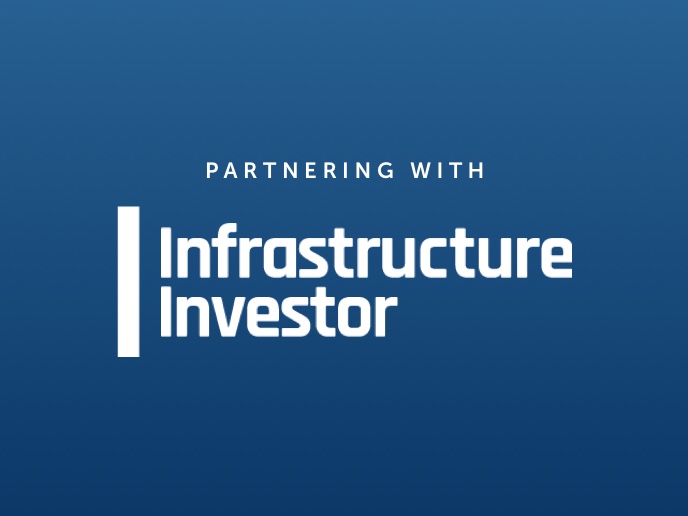Three Factors Shaping the Opportunity in European Private Credit
While the pandemic presented challenges to the European private credit market—particularly early on as many companies encountered liquidity issues after seeing revenues fall dramatically—activity levels have rebounded strongly. As we look across the market today, there are three factors, in particular, that have come to the forefront and look likely to shape the opportunity going forward.
1. Access is Paramount
Deal flow has indeed resumed, but accessing the more attractive opportunities can be difficult. Europe tends to be a sole lender market, and market share growth has become increasingly concentrated with the top lenders growing their share of the pie disproportionately, especially during the pandemic. In essence, there has been a flight to quality in the market, as tends to happen in times of uncertainty, with private equity sponsors gravitating toward managers with whom they have strong partnerships—as well as those with execution skills, significant hold capacity and flexible capital structure solutions. This has amplified the market’s already high barriers to entry. As a result, a number of smaller players in the market are now facing adverse selection, or basically having their investment universe curtailed to the transactions top-tier managers have turned down.
FIGURE 1: PRIVATE CREDIT: AN UNEQUAL PLAYING FIELD

Source: GCA Altium Mid-Cap Monitor. As of June 30, 2020.
That said, we expect the opportunity in European private credit to persist, particularly given the increased financial regulation in Europe over the last decade, which has continued to limit the lending activity of banks and created a gap in the market for direct lenders to fill the shortage of capital. Over the last two years, non-bank lenders have increased their market share from 38% to 62% today, and we expect that growth to continue—or potentially accelerate—going forward.1
2. A Growing Investor Base
As a whole, private credit looks well-positioned for the months ahead, even if interest rates move higher. Private credit is a floating-rate asset class, typically with a LIBOR floor in middle market deals that provides a buffer against duration risk.
The potential to capture attractive long-term returns with lower exposure to interest rate movements has drawn further interest in the asset class over the last several years. While pension funds and insurance companies have historically shown the most interest in European private credit, large sovereign wealth funds have more recently turned to the asset class as well. Increasingly, these investors are looking to form strategic relationships with managers of scale in pursuit of consistent, through-the-cycle returns and potentially attractive yields. At a higher level, for many investors, European private credit is becoming more of a core allocation, which wasn’t necessarily the case a few years ago. At the same time, many North American investors are expanding their private credit allocations to include Europe, similar to what they have been doing in high yield and broadly syndicated loans for over a decade.
3. ESG
The role of ESG in the private credit market is significant, and in Europe, in particular, ESG considerations have remained at the forefront. Although debt holders by definition do not own or sit on the boards of companies—and therefore cannot directly influence company behavior—the market is increasingly recognizing the ability of lenders to influence ESG practices through the terms and conditions, and ultimately the pricing, of debt structures. In fact, our team was recently involved in one of the first European mid-market transactions with ESG criteria embedded into the terms of the loan in a way that directly influenced the overall price—an encouraging sign of how the market may develop. As more lenders consider the ways they can encourage borrowers to adhere to certain ESG standards, ESG criteria will likely become a mainstay in these transactions.
That said, given the illiquidity of the market and limited availability of third party data, private credit by nature requires a high degree of selectivity up front when it comes to ESG. Therefore, we will also turn down deals if we believe there is a high likelihood that ESG risks will materially impact an investment over the course of a typical five-to-seven year lifecycle.
Key Takeaway
The deal pipeline in Europe remains very strong, helped by continued M&A activity. Additionally, many of the transactions we’re seeing in the market today are showing decreased leverage levels, stronger documentation and improvements in pricing versus what we were seeing immediately preceding the crises—suggesting a rebasing of the market from where it’s been for the past several years. With the vaccine being rolled out across Europe, we could see a bounce-back in economic activity in the second half of this year, which would be further supportive of the asset class.
However, given the high number of COVID cases and extended lockdown in Europe, we are looking to deploy capital with the understanding that the economy could move into a deeper recession going forward. For this reason, we continue to avoid fad industries like restaurants and retail, which have been disproportionately impacted by the pandemic and may continue to pose notable risks. Instead, we look to invest in businesses that are more resilient and that we believe will be able to weather a broader economic downturn.
1. Source: AlixPartners Mid-Market Debt Report. As of December 31, 2019.




